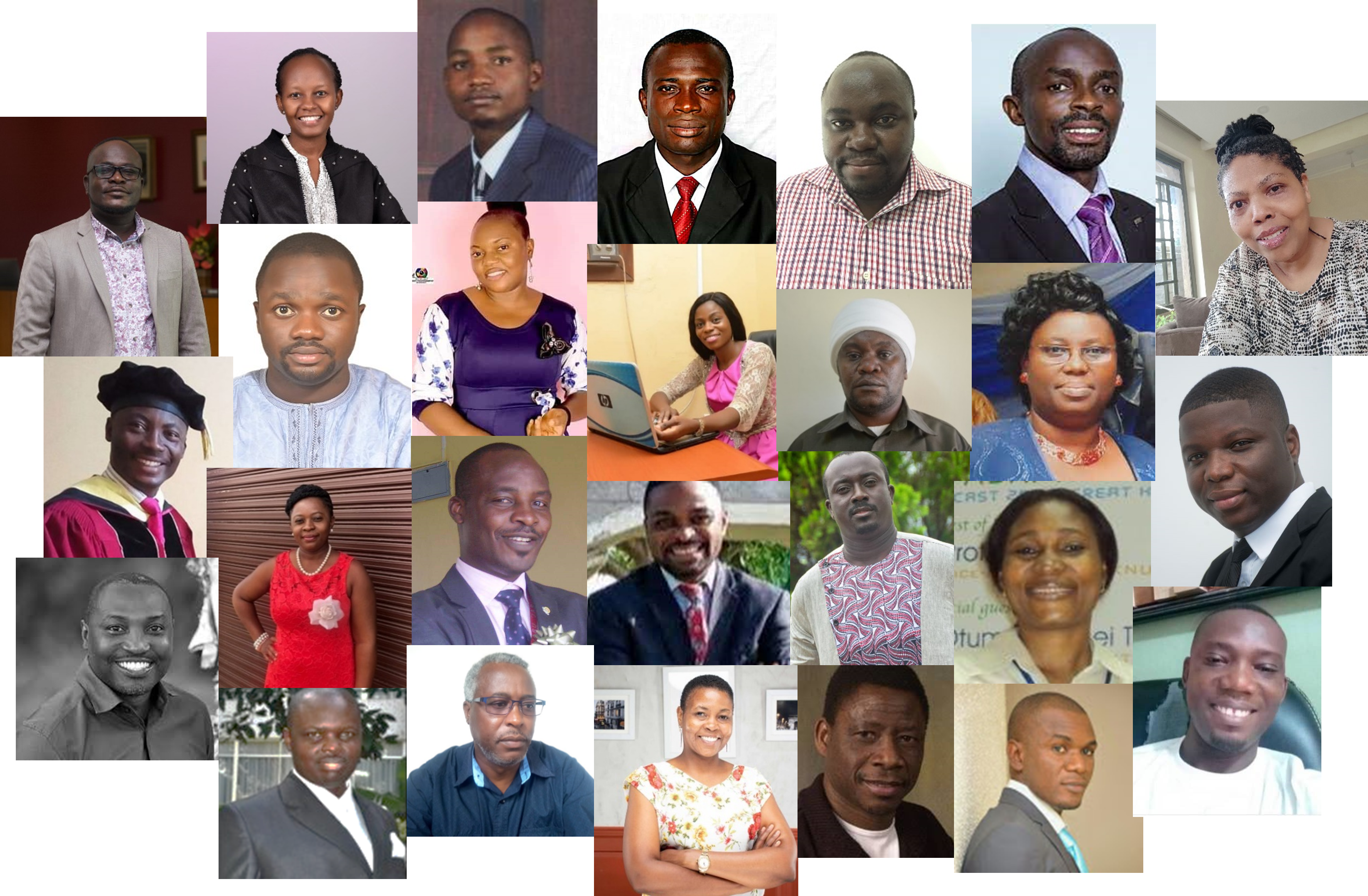
Innovation in digital learning is helping make higher education more resilient in Ghana, Kenya, and Nigeria
Earlier this year INASP collected stories of innovation in digital learning from three African countries as part of a British Council project. Jon Harle shares some of the key themes that emerged across the stories.
Digital learning can help open up access, serve learners better and make higher education more resilient. And in Ghana, Kenya and Nigeria many faculty members are quietly innovating, often below the radar of their institutions and their colleagues, and frequently unsupported.
These are two of the key findings from new work, undertaken by an INASP team and commissioned by the British Council, as part of the council’s “Digital University in Africa” programme.
“Digital”, “online” and “blended” have become some of the most familiar terms for universities and their staff and students over the last 18 months as campuses closed and universities sought new ways to reach their students and continue learning.
In many African countries, the pressures of the pandemic have accelerated shifts which had already begun – albeit slowly in some cases. There have been many initiatives to investigate online and blended learning, to develop new materials and capabilities, and to invest in the infrastructure to make it possible.
Yet the prevailing narrative has often seemed to suggest African academics were largely consumers of digital content and users of digital tools produced by universities and firms in the US and Europe. In February we set out to discover what was happening, often below the radar, and invisible from colleagues and institutions at large. Focusing our efforts on three countries – Ghana, Kenya and Nigeria – and through a rapid “dive” below the surface, we surfaced many accounts of academics creating their own content, repurposing and adapting materials produced by others, and using the tools at hand to assemble a digital learning infrastructure to reach and support their students.
Our study also found that:
- Innovators are committed, driven to solve problems, and invest their own time and resources
- The pandemic has been a catalyst, but is not the only driver– lecturers seek to use digital tools to engage their students in learning
- Infrastructure, funding and skills are important but must be accompanied by efforts to build trust and to nurture open and collaborative approaches to truly transform learning
- Leadership at all levels of higher education is needed to encourage change and to benefit from what digital learning can offer. Creating new systems of reward and recognition will be key.
Stories of innovation
The 26 stories, profiled 27 innovators in 15 universities and provided a snapshot of what passionate and talented academics are doing across the three countries. The enthusiasm to embrace this project and share stories suggests that there is likely to be much more happening that we don’t yet know about, and this deserves to be celebrated and supported.
The stories show that the potential for digital learning is significant. It offers the possibility to open up access, make higher education systems more resilient, and to provide new modes of learning. Our stories also demonstrate that we need to take a nuanced view of innovation. Many will look for new digital platforms and tools as evidence of innovation, but experimental shifts in teaching practice and creative use of available digital tools and content are important innovations in their own context and are meeting immediate learning needs.
Each of the innovators that we profile is driven by different goals and needs. However, across all the stories, a commitment to their students and their profession, an instinct to respond to new needs and demands, and a desire to take opportunities to do things differently stands out.
The pandemic is not the only driver
The pandemic has catalysed much activity in the last two years, but it has not been the only driver of innovation. Many academics were already grappling with the need to engage students in large classes and to find new ways to open up learning.
The barriers of infrastructure, skills, and finances are significant, limit what academics and universities can offer, and what students can benefit from, and require urgent investment and the policies to enable and encourage change. Yet, at the same time, too much regulation through policy could stifle innovation and restrict creative academics.
But our conversations also surfaced some more subtle but no less important issues of trust and openness, particularly the readiness to share ideas and content, and to adopt open licensing and open approaches that enable this. This was reflected in a reluctance to share stories in some cases, as well as concerns about intellectual property and ownership of the content that individuals create. This would seem to reflect wider concerns about who owns knowledge, and concerns within academic circles about the inequities of scholarly communication systems.
It’s clear that there is huge potential across universities in each country – and, no doubt, more widely – but making the most of the opportunities that digital learning offers will not be easy. It will require investment and leadership.
The potential of digital innovation is hampered by the ability to harness collective talent and expertise to achieve greater impact within the constraints of modest budgets and strained higher education systems. Reward and recognition are key – so that efforts to rethink and improve teaching, digital or otherwise, are celebrated and encouraged and attract comparable attention to research and publication.
A vision for the future
In our report we offer a vision for the future that emerged through two workshops with academics and university managers. The vision describes some of the possibilities that they saw and that were prompted by these stories. We also distilled a series of recommendations from the conversation:
For academics
- Experiment with digital tools and be bold in rethinking pedagogy. Seek opportunities to share and to collaborate as you do.
- Explore the use of Creative Commons licenses to enable you to protect your authorship but to allow others to use, adapt and build on what you create too, and increase its reach and impact as they do.
- Seek training and make use of free courses and communities of practice to build your skills.
- Ensure that learner needs are at the centre, and that good pedagogy is at the heart, so that new content and new ways of learning meet the needs of those learners, and match their access to technology and connectivity.
For university leaders and managers
- Foster and support digital leadership to create new visions for digitally enabled learning and teaching and to inspire new practices and solutions.
- Grow awareness of the need for innovation in digital learning and the associated rewards by holding information sharing events for the whole university community – faculty and students
- Incentivise new approaches to teaching by changing reward and promotion systems so that innovative teaching practice is recognised alongside research outputs.
- Invest in training, support and digital tools to enable academics to innovate and ensure that there is adequate support to learning or instructional design to improve pedagogy and quality. But do not discourage or obstruct those with a passion and drive to innovate. Ensure that support is available to all.
For national policymakers
- Foster dialogue to build trust around innovation and to encourage collaboration within and between higher education institutions. Maximise opportunities and incentives to collaborate, to enable innovative practice to be taken to scale and to achieve greater more for learners.
- Invest in digital infrastructure. Work with telecommunications providers to reduce the cost of mobile data for learning. Address inequities in learning by focus specifically on connecting those who are most excluded.
- Develop policy and guidelines to support innovation in teaching and learning technologies and invest through budgetary allocations and other initiatives such as incubator programmes
- Develop and promote quality assurance standards to guide and support digital learning and digital content creation, to ensure that digital learning is also pedagogically strong.
Read the full report here.
Read the stories here.
We are grateful to the many individuals who took time to share their stories as part of this study, and to those who joined us for two workshops to consider what we could learn from these stories, and to co-produce our analysis and recommendations. We are also grateful to the British Council for funding this study, as part of their Digital University in Africa programme.

 Next Post
Next Post


